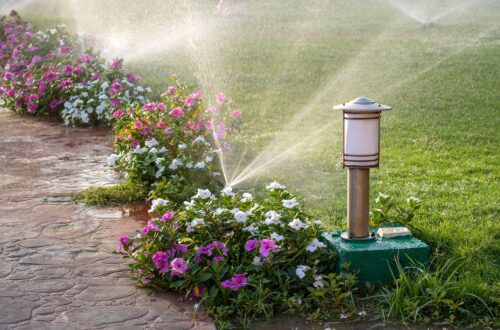Should I Prune in The Fall
It’s that time of year again. The leaves are changing, the weather is cooling off, and your garden is probably in dire need of a good pruning. If you’re anything like me, you dread the thought of pruning your plants. It’s no fun to hack away at a plant that’s so beautiful and healthy looking. Fortunately, there are ways to prune them without actually harming the plant itself. But before you pick up those shears, there’s one important thing to remember: you don’t prune in the fall. Introduce the topic of pruning in the fall.

What is Pruning
Pruning is the process of removing dead, dying, or diseased plant material from a living plant. It also includes the removal of crossing, rubbing, or otherwise unwanted plant parts. Proper pruning can improve the appearance, health, and vigor of a plant. It can also help to control its size and shape.
Here are a few things to keep in mind when pruning:
- Not all plants need to be pruned. In fact, some plants actually benefit from being left alone. Do your research before reaching for the pruning shears!
- When in doubt, err on the side of caution. It’s better to take off too little than too much.
- Don’t be afraid to ask someone for advice. Often, garden centers and nurseries have experts on staff who can give you tips for your specific plant needs.
Tools for Pruning
The main tools you’ll need for pruning are hand pruners. These are your basic garden shears. They’re also useful for cutting twine, tying, and other tasks around the yard. Don’t use these to cut large branches, though. You’ll also need a pruning saw. This is a long, thin saw with handles on each end. Use it to cut branches that are too large for hand pruners.
Gloves are essential for safety. Most pruning saws have a tendency to slip, which can lead to nasty cuts. Gloves protect your hands from painful accidents and prevent sap from getting on your skin.
A pair of sturdy work boots or shoes are also a must for working around the yard. Wear them to protect your feet from cuts and punctures. Wear long pants and a long-sleeved shirt as well. This will prevent scratches and insect bites.
Pruning trees is dangerous work, especially when you’re pruning large branches. Safety Goggles are a great way to protect your eyes from flying debris.
Pruning shears are the most basic garden tools for pruning trees and shrubs. Use shears that have a sharp, well-made blade. Reputable brands that are known to make quality pruning equipment include Felco and Corona. You’ll also need to have a good pair of loppers on hand too.
When to Prune
When is the best time to prune? Should you prune in the fall? Or is the spring the best time? The answer may surprise you.
Pruning is a vital part of keeping your plants healthy and vibrant. But when is the best time to do it?
Turns out, there is no one-size-fits-all answer to this question. It depends on the type of plant you’re pruning, as well as the climate you live in.
In general, though, late winter or early spring is usually the best time to prune most plants. This gives them a chance to recover from the pruning before they start actively growing again in the warmer weather.
How to Prune
Although it may seem like a daunting task, pruning your shrubs before spring is actually quite simple – as long as you follow these easy steps!
1. Start by assessing the overall shape and size of your shrub. This will help you determine how much pruning it will need.
2. Once you have an idea of the amount of pruning required, start by removing any dead or diseased branches. These can be easily identified by their dry, discolored appearance.
3. Next, thin out the stems in order to promote air circulation and discourage pests and diseases. Be sure to make cuts at a 45-degree angle, just above a bud or node.
4. Finally, cut back any long or straggly branches to create a more compact, tidy shape.
Why Pruning in the Fall is Not a Good Idea
1. Pruning stimulates growth. And while that might be fine in the spring and summer, you don’t want your plants growing too much in the fall and winter when they should be resting.
2. It can damage delicate plants. Fall is not the time to be messing around with fragile plants that are already trying to prepare for colder weather. Pruning can damage them beyond repair.
3. It promotes disease and pests. Certain diseases and pests proliferate in the fall. Pruning increases their chances of survival.
Exceptions to the Rule
Like everything else in life, there are a few exceptions to the “Never prune in the fall” rule. You can prune in the fall if you have ornamental grasses. You can be cut back after the grass leaves have turned brown and started to die. Pruning in the fall can also be useful for controlling lilac and fruit trees.
Your shrubs are like your wardrobe: some pieces just need to be retired. But instead of throwing them out, you can give them new life by trimming them down. Allowing shrubs to go dormant in the fall and winter gives them energy to regrow when the weather warms up.







One Comment
Simona
It’s usually our dad who deals with this sort of stuff, but it’s nice to have some knowledge now!